If you own a pool, then you know that the water balance is crucial to keeping your pool clean and clear. To ensure balanced water chemistry in pools, there are three main factors: pH level, Total Alkalinity (TA), and Calcium Hardness. These elements work together to keep the chlorine from being depleted over time which protects against algae growth. We walk through how to test each of these levels so that you can maintain a healthy pool all season long!
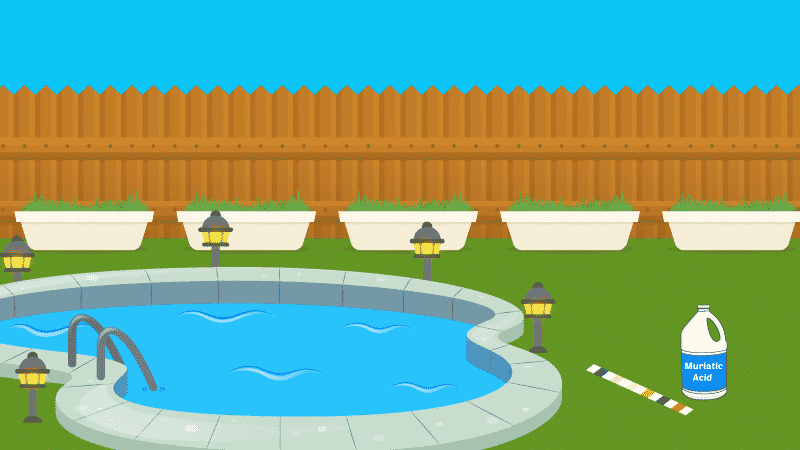
Muriatic acid is a cheap way to balance your pool's chemistry, but it can be dangerous. Here's how to use muriatic acid safely in your pool.
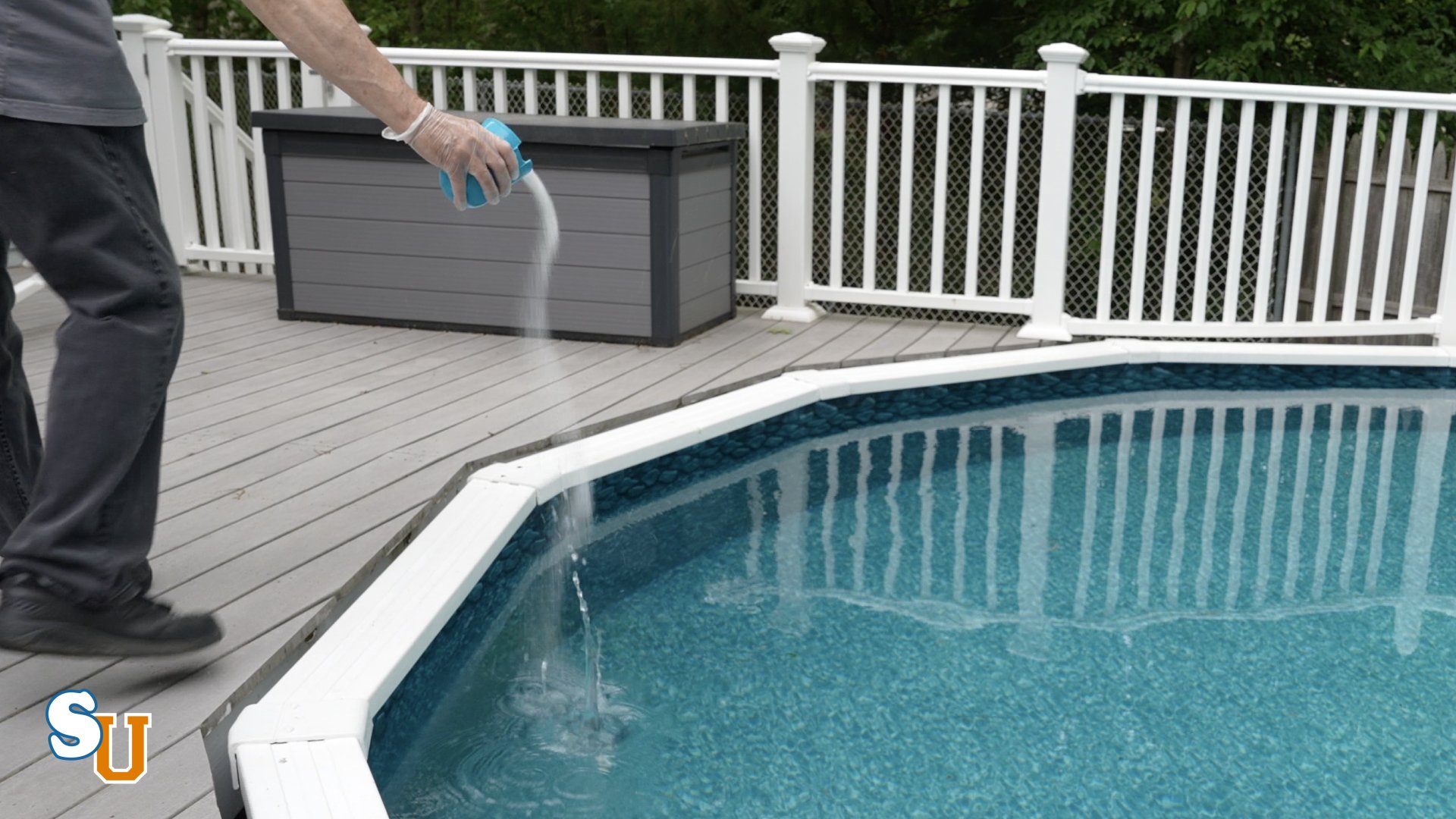
You know you have to add chemicals to your pool, but how much? Here’s a quick guide on how much of each pool chemical you need to add.
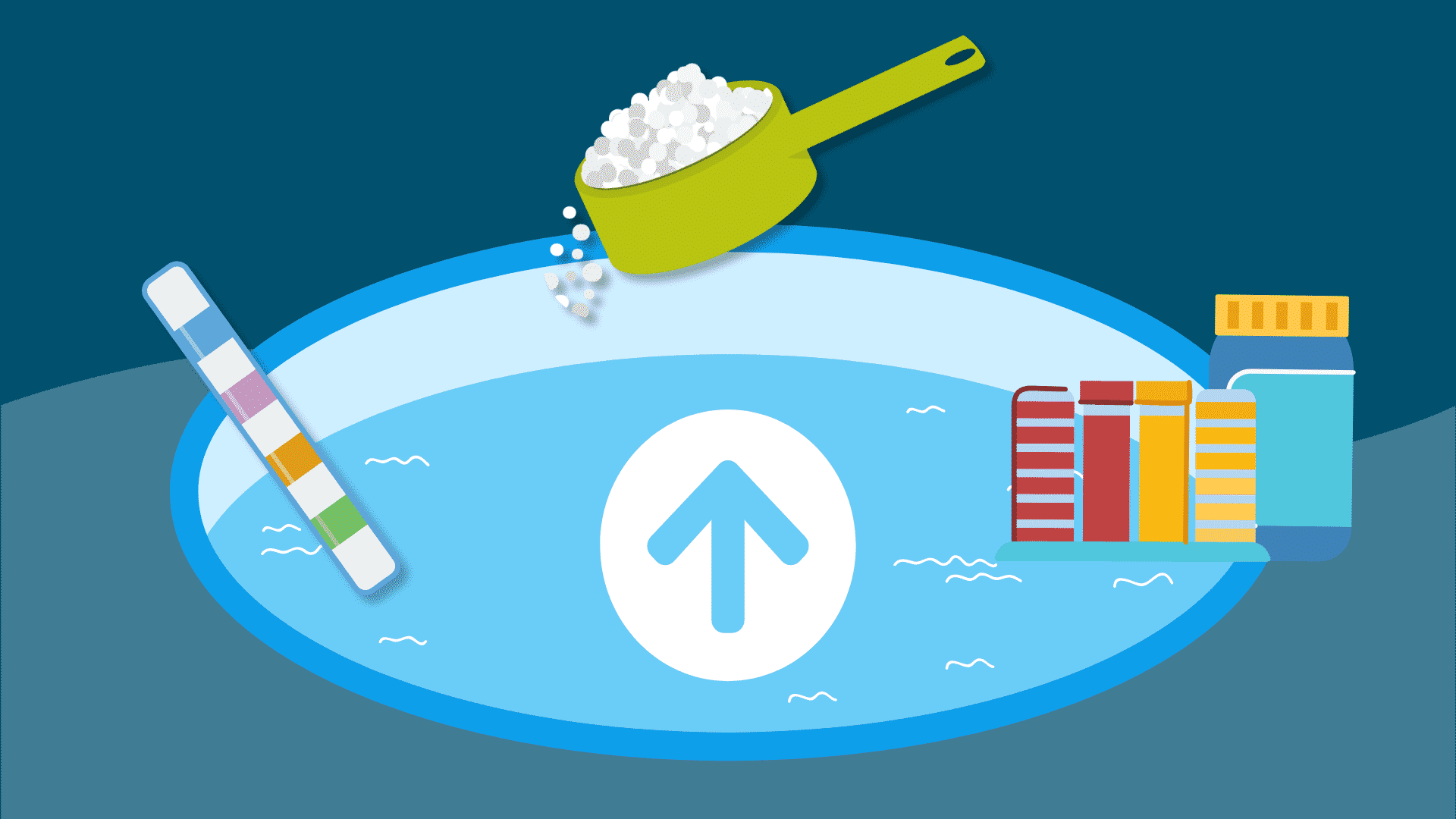
A step-by-step guide on how to raise ph in your pool with three inexpensive solutions: Soda ash, baking soda, or pH increaser.
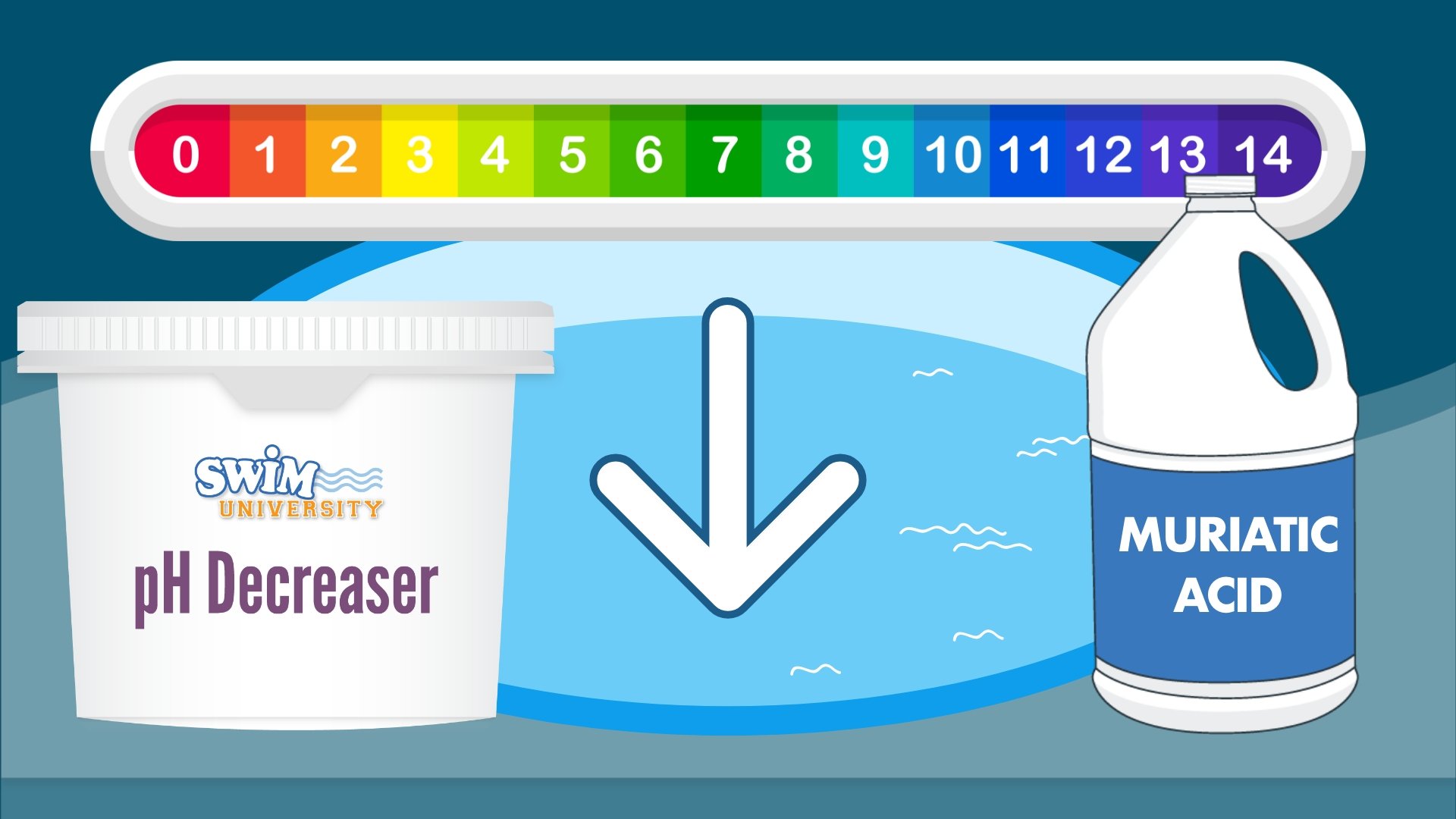
Are your pool's pH levels too high? Here's how to lower pH in a pool using either pH decreaser or muriatic acid.
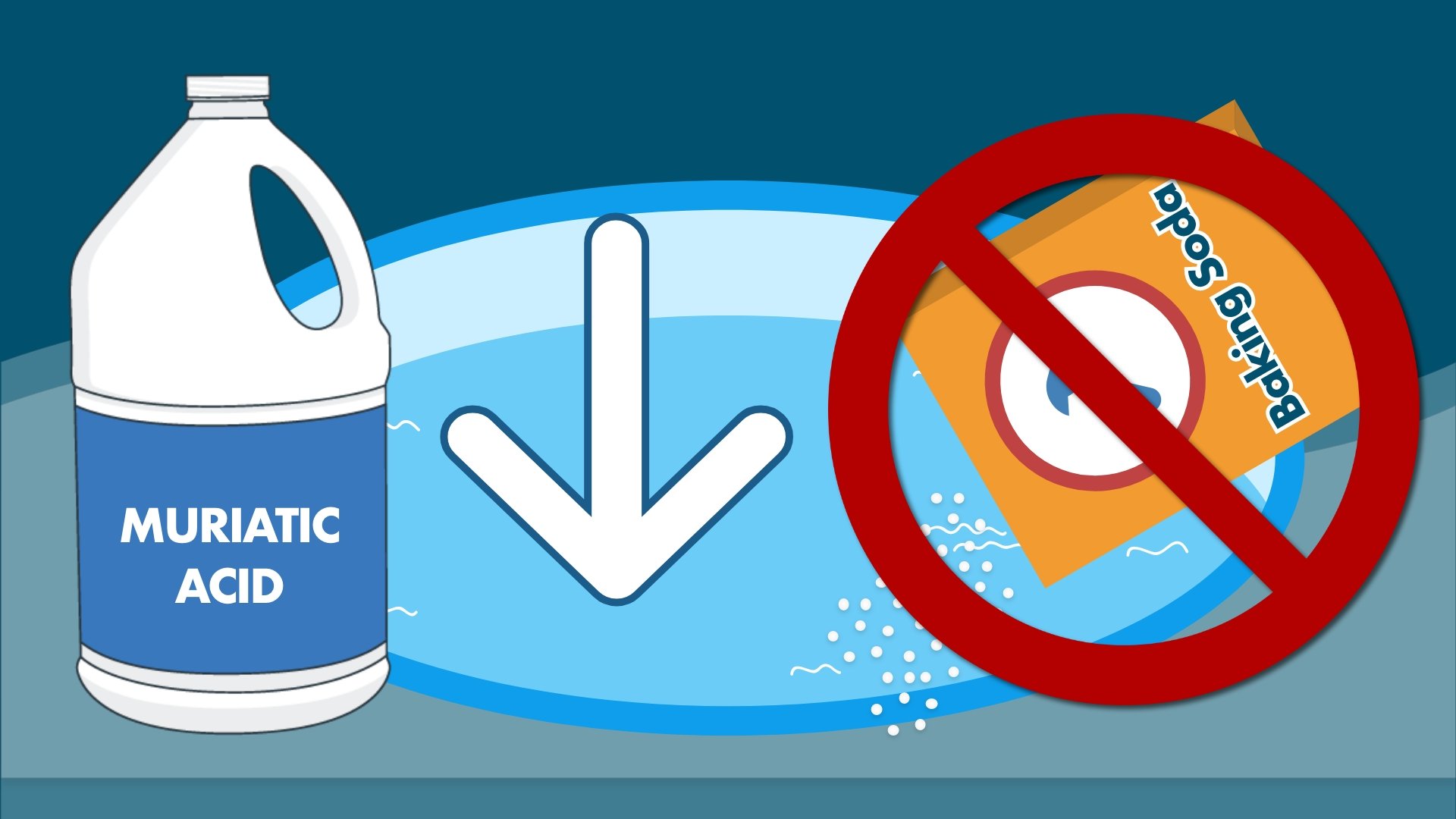
If your total alkalinity levels are too high, here's how to how to lower alkalinity in a pool with either muriatic acid or pH reducer.
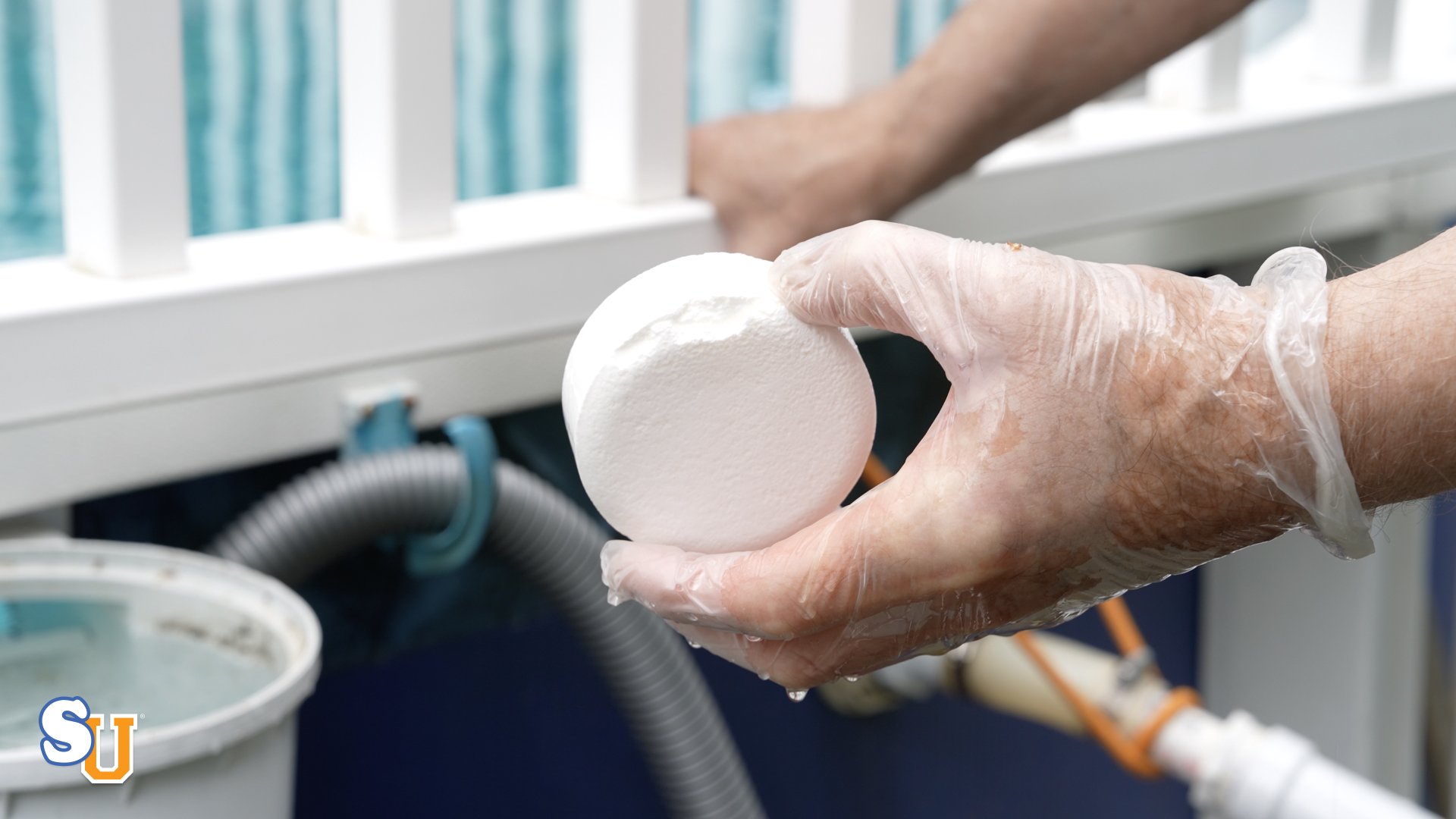
Did you know you should be adjusting your above ground pool chemicals once a week? Here’s a quick guide on how to test and balance your pool.
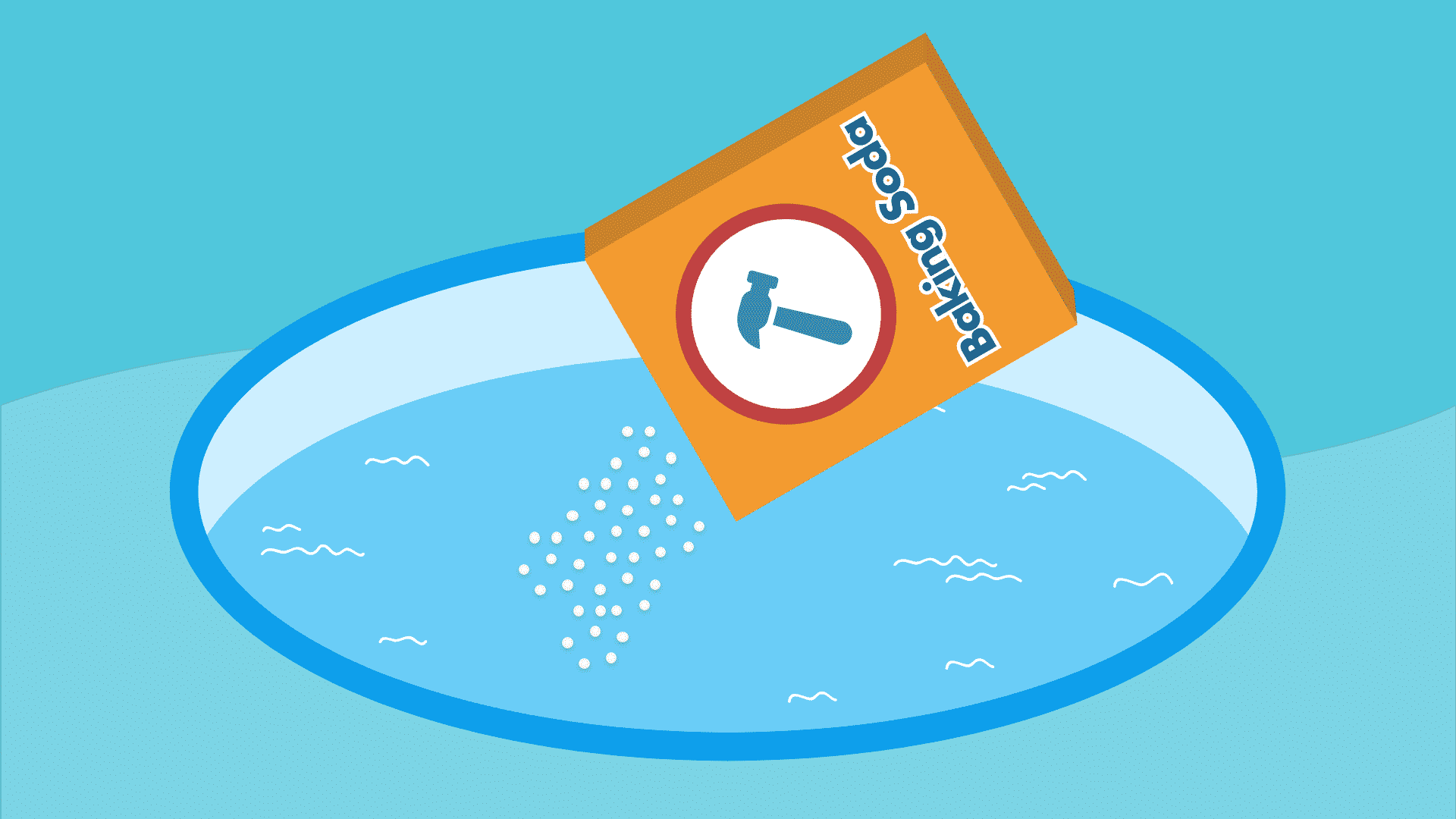
Some brands of alkalinity increaser are just sodium bicarbonate which is baking soda. Learn when and how much baking soda to add to your pool.
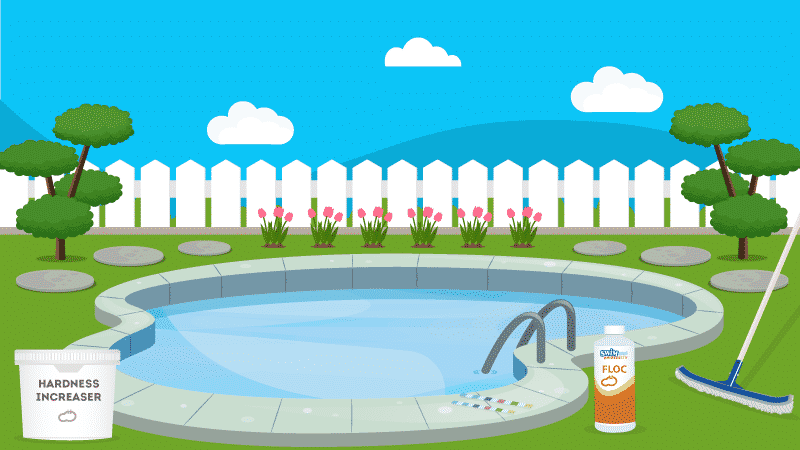
Learning how to manage and control the calcium hardness in your pool is a big step toward keeping it clean, clear, and swimmable all season long.